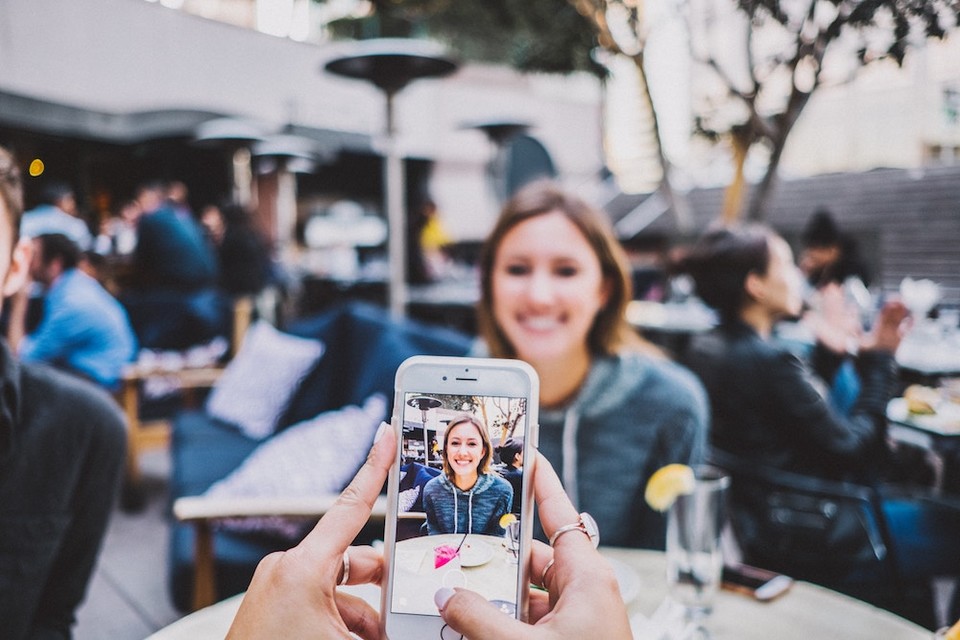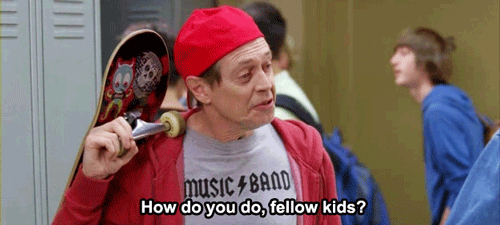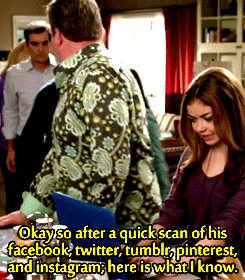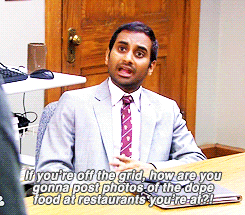How to Market to Millennials, By a Millennial

Posted By Grace Rasulo on May 10, 2018
Millennial. The word is everywhere.
Everyone in every industry is trying to figure out how to turn these 22- to 37-year-olds (to be specific) into advocates of their brands. And it’s certainly for good reason: Millennials in the U.S. alone spent $200 billion in 2017, and currently have the most spending power of any generation. They’re a great group to have on your side, but to get them there, you have to market to them and do it well.
As a dictionary definition millennial a few years into my marketing career, the biggest mistake I see brands make is not thinking through the eyes of a member of the audience they’re marketing to. We’ve seen countless brands and public figures get torn apart by angry Twitter users over insensitive ads (Pepsi), ignorant comments (Tim Gurner), or poor apology statements (United Airlines), no matter how unintentional their actions were.
Before your brand makes a marketing mistake that lands you among that… ahem, infamous, group, here is how to market to a millennial, from a millennial.
Steer clear of stereotypes.
Let’s just get this out in the open: never mention avocado toast. Same goes for selfies or making something “millennial pink.” No generation — or any group, period — wants to be defined by a stereotype. Doing so won’t do you any good as far as making your company, brand, or product feel more relatable to millennials. In fact, tactics like these can make your audience defensive, annoyed — and definitely less receptive to your brand’s message.
Stay away from “millennial speak” as well. Peppering copy with words and phrases that you think millennials use will just irritate your audience, as well make you sound dated. Remember when your mom or dad tried to use a trendy word but it fell completely flat and made you cringe? That’s exactly what I’m talking about.

Take a stance.
Millennials are big on supporting brands that take a stance on an issue. It may seem like an unwise move to risk alienating a portion of your audience if the cause is polarizing, but it’s time to set those qualms aside. Millennials will support you more for standing up for something that you believe in than if you remain silent. As Rob Candelino, vice president and general manager of Unilever Hair Care U.S., points out to Forbes, “More than 80 percent of millennials rank making the world a better place as a priority in their life, and they're gravitating toward brands that live this vision.”
Take Patagonia for example, who altered its entire website to protest new legislation that reduced the size of national monuments and Airbnb who used a coveted Super Bowl spot to promote a message of inclusion and diversity. Both saw viral campaign success due to the fearless defense of their values. According to AdAge, “Hammering away at the benefits of "cleaner, whiter and brighter" in mass media does not resonate with a demographic swayed by intangibles such as community and sustainability, and who are influenced by peers, review sites and outlets like BuzzFeed.”
Make sure it’s social.
If there’s one thing that’s certain, it’s that social media is a direct voice to a millennial audience. Between 85 and 89 percent of millennials are on Facebook and 59 percent are on Instagram. So needless to say, any marketing campaign you may execute should include a social component. And a hashtag isn’t the only way to do it, either. Ask for user-generated content and find unique ways to share it or encourage people to comment or tag a friend. This will take your marketing the extra mile, but your brand won’t have to do any of the legwork.

Keep it picture perfect.
The old adage, “take a picture, it’ll last longer,” is certainly true for millennials. With a generation that’s constantly sharing photos on all forms of social media, a smart way to give your brand extra reach with this group is to give them something “Instagram worthy.” Consider those crazy milkshakes from Bombobar, for example. By making its product over the top and extra aesthetically pleasing, the company amassed an Instagram audience of more than 40,000 followers. The phenomenon works for non-food brands as well. Out-of-home marketing, like this colorful campaign from Lyft, gives people something they’re likely to snap a picture of and can spread a campaign from one location to the eyeballs of many.

When in doubt, ask a millennial.
A diverse marketing team has many benefits, namely having members that are a wide range of ages. There’s no better way to make sure your marketing strikes the right millennial chord than by simply asking one. If you don’t have any on your team, conduct a focus group or poll your kids, your family members, people on the street — anyone, as long as it makes it out of the echo chamber of your marketing team meeting. With a group that can take to the internet and start a war against your brand with a 280-character post or create an outpouring of support with the click of a few keys, it’s worth the extra step to make sure your message is on point.
Millennial marketing isn’t as tricky as it seems. This demographic seeks transparency, a stance on what your company believes in, and some encouragement to share on social to get them on your team. So focus on putting forth a genuine and honest brand image, and you’ll earn the respect of this highly coveted group. Once you connect with them, your brand will certainly reap the benefits faster than you can say Snapchat.


